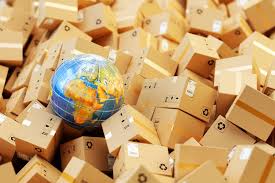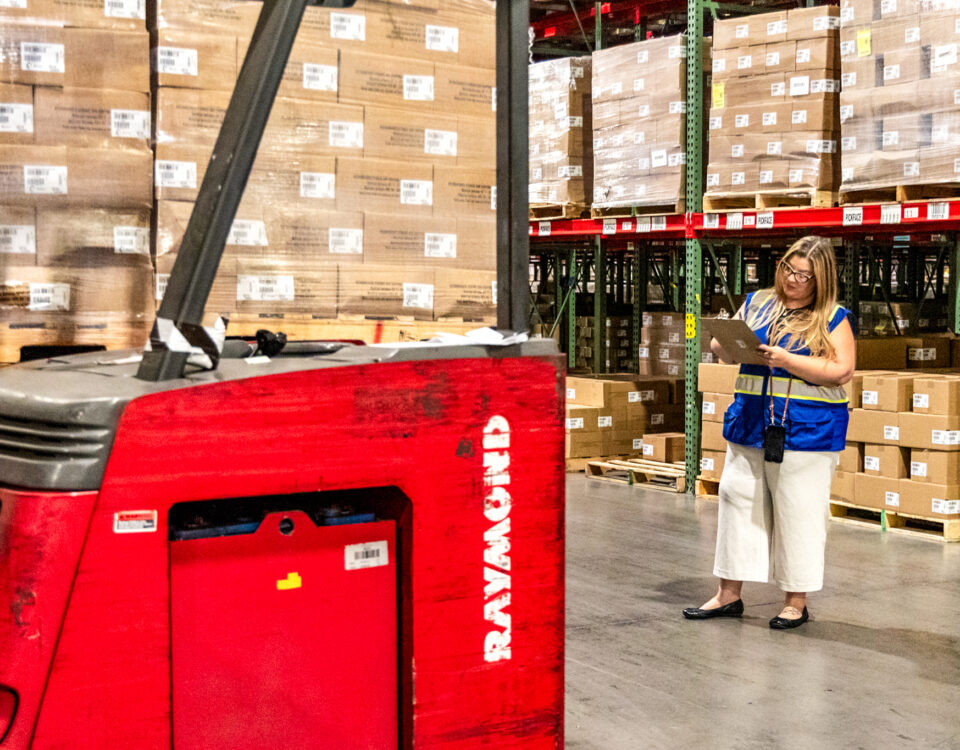Expanding beyond your borders may be a next great step if you’re trying to grow your ecommerce business, but do you know how to ship internationally? In order to succeed at international shipping, you’ll need to implement a strategy that works for your business, and to do that you’ll need to do some research to see what works best for you. Shipping internationally can be an important area of growth, so it’s worth tackling the logistics head-on. According to Pitney Bowes, 70% of online shoppers buy internationally, which is up 6% from 2016 and will continue to rise in 2019 (predicted up to 93%).
Building your International Strategy
The first thing you will need to identify is where in the world you’ll ship and which products you want to ship internationally. If you’re unsure which markets are best to expand to first, Shopify lists a few indicators to help narrow it down:
- Start small and stay close. By keeping the shipment close, you are able to set expectations that are realistic for customers on delivery rates and times. You can also get a feel for what it takes to expand your business.
- Track current demand. Check out your traffic analytics and figure out which markets or countries are already visiting your site. Repeat visits or high traffic could show interest in your products.
- ID non-domestic markets that are a good business fit. There are probably markets around the world that would suit your business better than others. Some research is required in this step. Dig into consumer trends. The same thing could have different meanings in different countries.
- Lightweight and smaller items will be more cost effective to ship and easier to package.
- Durability is important!
Familiarize Yourself with Rules and Regulations of Countries
When you have an idea of which regions offer the most immediate opportunities, and which products you will be sending, it will be time to look into the rules and regulations of the countries you will be shipping to. Some countries prohibit products completely, while others may just limit them. You can get this information through the UPS website. You can also check the country’s government websites to see which products are labeled “dangerous goods” and which are okay to send across the borders.
Be Transparent About Costs
This is one of the most important pieces of any international shipping strategy. You must be as transparent and communicative as possible with your customers about the costs of shipping internationally. Do not surprise them with an unexpected total cost when they get to checkout. According to the Baymard Institute, 60% of cart abandonment surveyed in 2017 was due to extra shipping fees and costs. The best place to communicate these costs is on your policy pages. There you can clearly lay out how and where you ship products internationally, and what costs may be associated with that.
In order to ship internationally, you will need to understand policies, costs, packaging options, and stay on top of current trends. You will want to ensure that you have all of the necessary information in order to stay on top of things. Expanding your business internationally can definitely keep you ahead of the game and in line with the front-runners in the industry. As trends change and ecommerce continues to rise, you will need to learn how to implement these strategies and manage your costs.











